Utilizing Advanced Analytics In Online Tutoring

Fanie Naude
CEO & Founder of Knowledgeable Tutor, Buznet Direct, YMC & Naude Consulting

Fanie Naude
CEO & Founder of Knowledgeable Tutor, Buznet Direct, YMC & Naude Consulting

1. Introduction
The Paradigm Shift in Online Tutoring
The digital age has ushered in a paradigm shift in education, particularly in the realm of online tutoring. As the famous saying by W. Edwards Deming goes, "In God we trust; all others bring data." In this context, data is not just a buzzword but a cornerstone that shapes the educational journey. Advanced analytics have emerged as a pivotal element, offering a granular view of student behavior, performance, and engagement. This article aims to delve deep into the world of advanced analytics in online tutoring, exploring its significance, applications, and best practices.
The Scope of This Guide
This comprehensive guide aims to be your one-stop-shop for understanding and implementing advanced analytics in your online tutoring practice. Whether you are a seasoned tutor or a newcomer eager to leverage technology, this guide will equip you with actionable insights and tools. Explore more on cutting-edge technology tools in online tutoring.
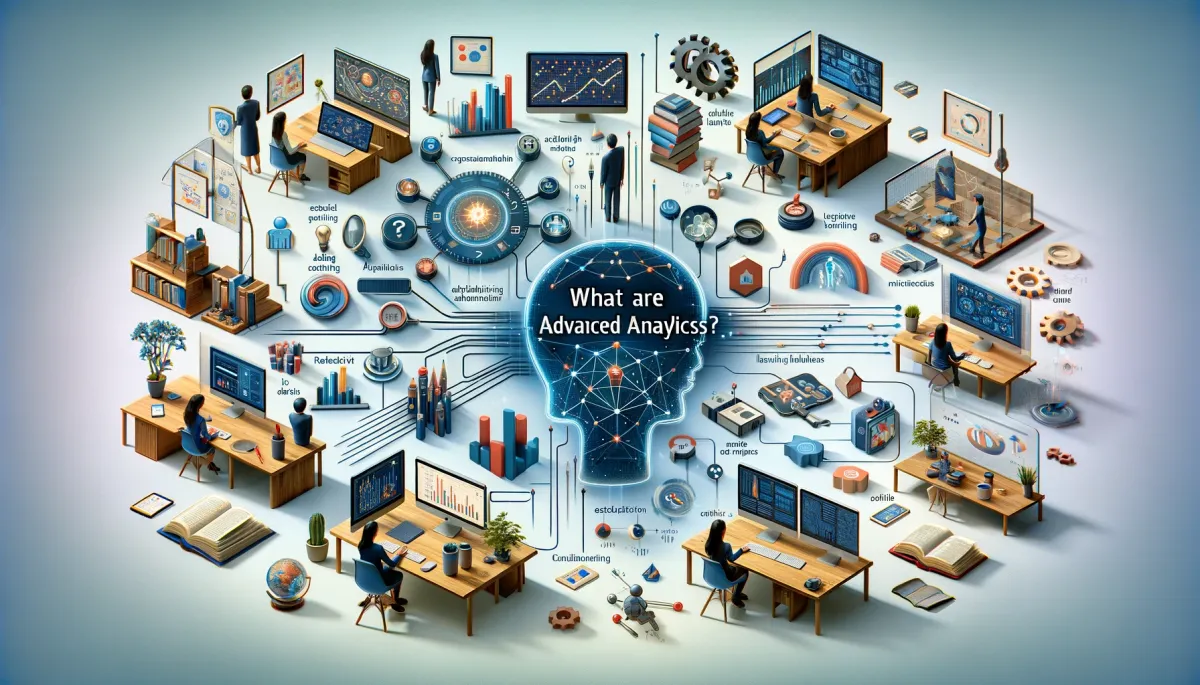
2. What Are Advanced Analytics?
Defining Advanced Analytics
Advanced analytics refers to the application of statistical, mathematical, and computational techniques to data to discover patterns, anomalies, and insights. Unlike basic analytics, which might give you surface-level metrics like the number of students attending a session, advanced analytics delve deeper. They can predict future behaviors, identify potential bottlenecks in learning, and offer actionable insights for personalized education.
Types of Advanced Analytics
Advanced analytics can be broadly categorized into the following types:
- Descriptive Analytics: Provides a snapshot of past and current student behavior and performance.
- Predictive Analytics: Utilizes historical data to forecast future student outcomes.
- Prescriptive Analytics: Offers specific recommendations for ways to handle potential future scenarios in tutoring.
The Importance of Each Type
Each type of analytics serves a unique purpose:
Descriptive Analytics: Helps in understanding the baseline performance and is often the first step in the analytics journey. According to a study published in Frontiers, descriptive analytics help instructors track, measure, and visualize students' online behavior.
Predictive Analytics: Enables tutors to be proactive rather than reactive. For instance, if a student is likely to score poorly in an upcoming test, interventions can be made beforehand.
Prescriptive Analytics: Goes beyond predictions to offer actionable solutions. For example, if a student is struggling with a particular subject, prescriptive analytics might suggest specific resources or teaching methods to improve.
By understanding and implementing these types of analytics, tutors can create a more effective and personalized learning environment. As highlighted in an article from eLearning Industry, one of the most significant advantages of learning analytics is its ability to personalize the learning journey for each student.

3. Why Are Analytics Crucial for Online Tutoring?
The Multifaceted Benefits
Analytics in online tutoring are not just a luxury but a necessity. They serve as the backbone for a more structured, efficient, and personalized educational experience. As the famous educator John Dewey once said, "If we teach today as we taught yesterday, we rob our children of tomorrow." Advanced analytics allow us to teach for tomorrow by providing insights today.
Personalized Learning
One of the most compelling benefits of using analytics is the ability to offer personalized learning experiences. According to a report by eLearning Industry, analytics provide learners with a tailored eLearning experience, leading to higher grades and a more meaningful educational journey.
Improved Student Outcomes
The overall aim of using learning analytics is to improve learning outcomes. This not only benefits the student but also the educator, as highlighted by Preply Business.
Data-Driven Decision Making
Analytics empower tutors to make data-driven decisions. Whether it's about course content, teaching methods, or student engagement strategies, analytics offer a factual basis for making improvements.
The Ripple Effect
The benefits of analytics don't just stop at the tutor or the student; they have a ripple effect. They can influence curriculum development, teaching methodologies, and even broader educational policies.
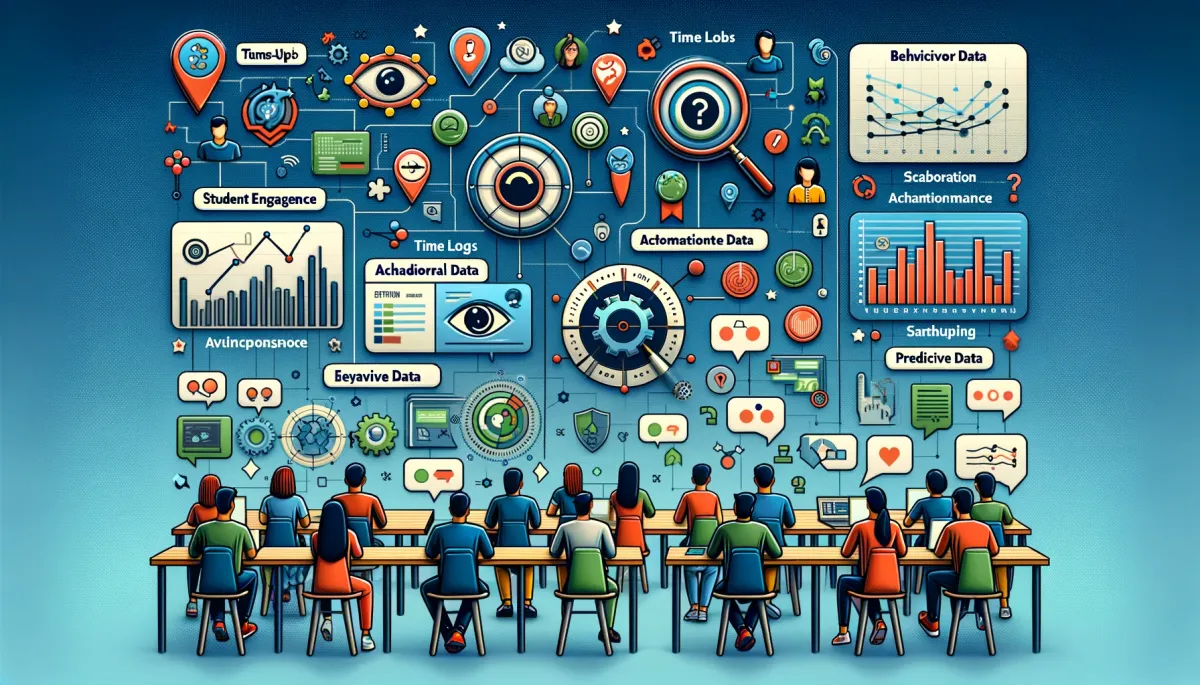
4. Types of Data to Collect
The Building Blocks of Analytics
Data is the raw material that fuels the analytics engine. But not all data is created equal. The type of data you collect can significantly impact the insights you derive.
Academic Performance Data
- Grades: Track student grades across different subjects and assignments.
- Test Scores: Monitor performance in quizzes and exams.
- Skill Mastery: Evaluate the level of understanding of specific skills or topics.
Engagement Metrics
- Attendance: Measure the frequency and duration of student participation in online sessions.
- Interaction: Track how often students interact with the platform, such as forum posts, assignment submissions, etc.
Behavioral Data
- Clickstream Data: The sequence of clicks made by a student during an online session.
- Time Spent: Duration spent on different modules or subjects.
The Synergy of Data Types
Combining different types of data can offer a more holistic view of the student's learning journey. For example, low engagement metrics coupled with poor academic performance can signal a lack of interest or understanding of the subject matter.
By collecting and analyzing these diverse data types, tutors can create a multi-dimensional strategy to improve both teaching and learning experiences. As noted in an article on LinkedIn, learning analytics involve collecting, analyzing, and reporting data on the learner's behavior, performance, and feedback, as well as the tutor's actions.

5. Tools for Implementing Advanced Analytics
The Toolbox for Success
In the words of Peter Drucker, "What gets measured, gets managed." To measure and manage effectively, you need the right set of tools. There's a plethora of analytics tools available, each with its unique features and capabilities. The key is to choose the ones that align with your specific needs and objectives in online tutoring.
General-Purpose Analytics Tools
- Microsoft Excel: Widely used for basic data analysis and visualization.
- Python: Offers extensive libraries for data analysis like Pandas and NumPy.
- R: A language specifically designed for statistical analysis.
- Microsoft Power BI: For creating interactive dashboards and reports.
- Tableau: Known for its data visualization capabilities.
These tools are commonly used in various industries, including education, as highlighted by CareerFoundry.
Specialized Tools for Online Tutoring
- AdaptiveU: Provides a cloud-based training platform ideal for online tutors to find and store massive data. Read more
AI-Integrated Tools
- Polymer: Great for quick data visualization and insights. Read more
Criteria for Tool Selection
When selecting a tool, consider the following factors:
- Ease of Use: How user-friendly is the tool?
- Data Integration: Can it integrate with your existing systems?
- Scalability: Can it handle increasing amounts of data as your tutoring business grows?
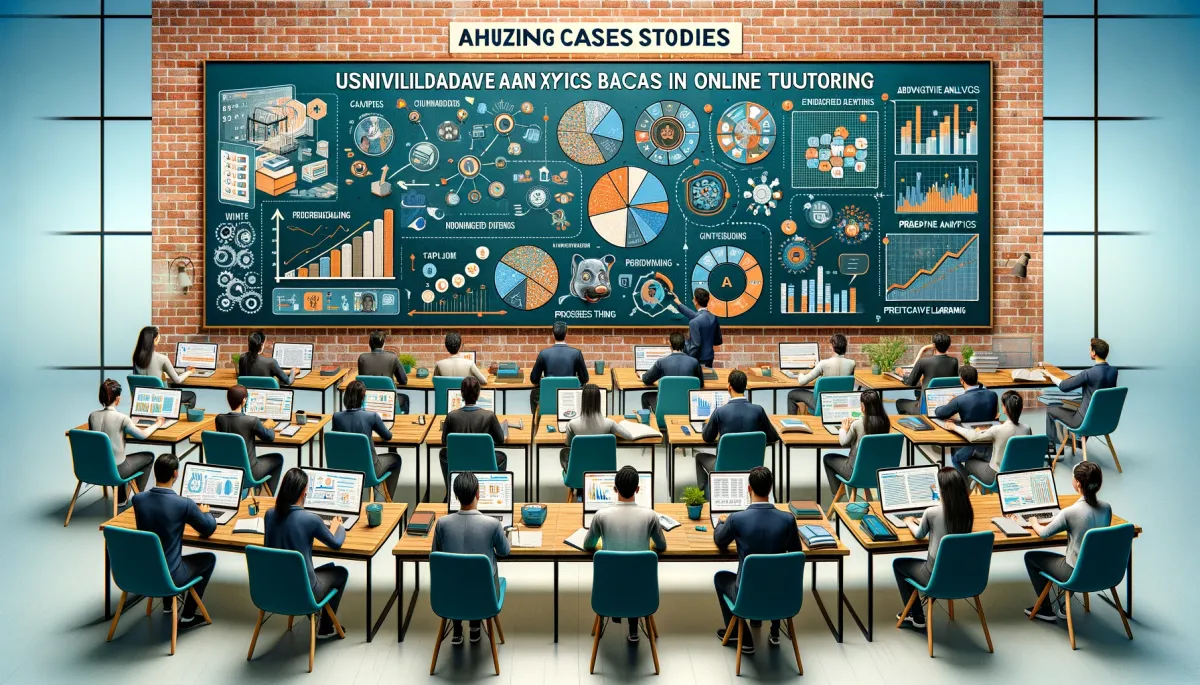
6. Case Studies: Real-world Applications
The Power of Analytics in Action
Case studies serve as empirical evidence of the transformative power of analytics in online tutoring. They offer a window into the practical applications and outcomes that can be achieved.
Case Study 1: Knewton
Knewton leverages advanced analytics to offer personalized learning experiences. Their platform adapts in real-time to each student's activities, providing tailored recommendations for study resources.
Case Study 2: Squirrel AI
Squirrel AI uses machine learning algorithms to analyze student data and adapt the learning path accordingly. They have reported significant improvements in student outcomes, as covered in this research paper.
Case Study 3: Carnegie Learning
Carnegie Learning employs real-time analytics to provide immediate feedback to students, thereby enhancing their learning experience. Their approach has been validated through multiple peer-reviewed studies.
These case studies not only demonstrate the efficacy of analytics in online tutoring but also offer actionable insights for tutors looking to implement similar strategies.
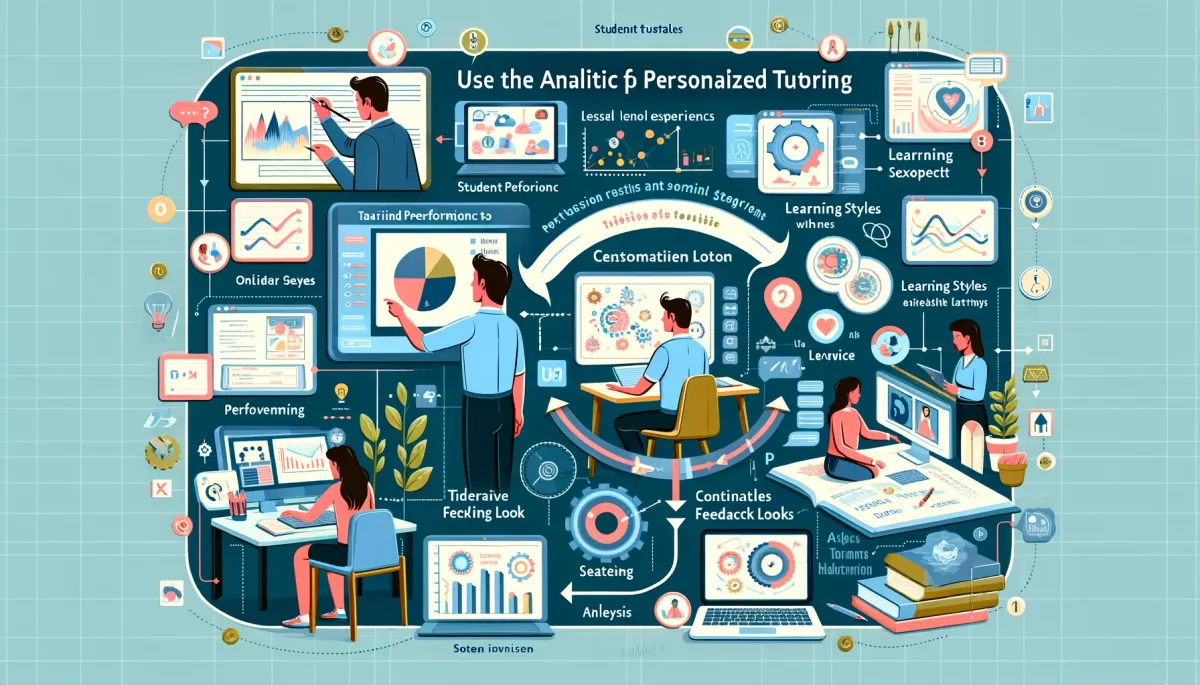
7. How to Use Analytics for Personalized Tutoring
The Art of Personalization
Personalization is the holy grail of modern education. As Benjamin Franklin once said, "Tell me and I forget, teach me and I may remember, involve me and I learn." Analytics can be the key to involving each student in a unique, tailored learning experience.
Steps for Personalized Tutoring
- Data Collection: Gather data on student performance, engagement, and behavior.
- Data Analysis: Use tools to analyze the data and identify patterns or trends.
- Actionable Insights: Develop strategies based on the analytics.
- Implementation: Apply the strategies in real-time tutoring sessions.
These steps are elaborated in a LinkedIn article that discusses how to use data and analytics for personalized learning.
Real-World Example: Tutor.com
Tutor.com's Predictive Insights Data Analysis provides early, actionable data to accelerate the intervention timeline, thereby offering a more personalized learning experience. Read more
The Interplay of Analytics and Personalization
By leveraging analytics, tutors can create a dynamic learning environment that adapts to each student's needs, thereby enhancing both engagement and outcomes. For more on this, explore our article on AI-assisted tutoring tools and their impact.

8. Ethical Considerations
The Responsibility of Handling Data
With great power comes great responsibility. The ability to collect and analyze student data brings along ethical considerations, primarily concerning data privacy.
Data Privacy
- Consent: Always obtain explicit consent from students or guardians for data collection.
- Anonymization: Ensure that data is anonymized to protect student identity.
- Data Security: Implement robust security measures to safeguard data.
Ethical Use of Data
- Transparency: Be transparent about how the data will be used.
- Accountability: Hold yourself accountable for the ethical use of data.
Balancing Ethics and Innovation
While analytics offer a pathway to personalized and effective online tutoring, they must be implemented responsibly to maintain trust and integrity in the educational process. For more insights into the ethical aspects of technology in education, you can read our article on Blockchain technology in education and tutoring.

9. Future Trends: AI and Machine Learning
The Horizon of Possibilities
The future of analytics in online tutoring is as expansive as the universe itself. As Alan Kay aptly put it, "The best way to predict the future is to invent it." Artificial Intelligence (AI) and Machine Learning (ML) are at the forefront of this invention, revolutionizing the way analytics are utilized in online tutoring.
AI-Driven Predictive Analytics
AI algorithms can predict student performance and suggest interventions even before a problem arises. This proactive approach can significantly improve student outcomes. According to a Global Online Tutoring Services Market Analysis, the market is expected to reach $19.3 billion by 2029, with analytics playing a crucial role.
ML-Based Content Recommendation
Machine Learning algorithms can analyze past behavior to recommend the most relevant and challenging content to students. This is part of the emerging trends highlighted in a LinkedIn article.
The Synergy of AI, ML, and Analytics
The integration of AI and ML with analytics offers a potent mix of predictive power and personalization. For a deeper dive into the role of AI in tutoring, you can read our article on AI-assisted tutoring tools and their impact.
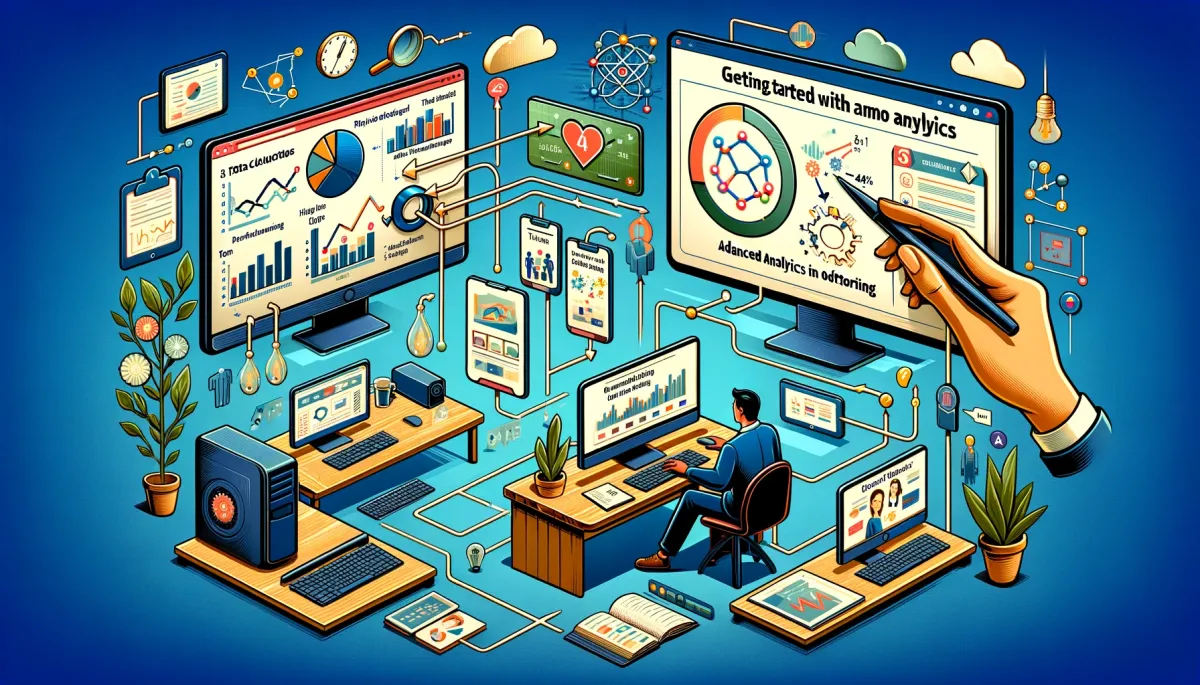
10. Getting Started: A Step-by-Step Guide
The Roadmap to Analytics Implementation
Starting with analytics can seem daunting, but as Lao Tzu said, "A journey of a thousand miles begins with a single step." Here's how to take that step:
Step 1: Define Objectives
- What Do You Want to Achieve?: Be clear about your goals. Are you looking to improve student engagement, academic performance, or both?
Step 2: Choose the Right Tools
- Tool Selection: Based on your objectives, select the analytics tools that best suit your needs. For more on this, refer to our section on Tools for Implementing Advanced Analytics.
Step 3: Data Collection
- Start Small: Begin with basic metrics like attendance and grades.
Step 4: Data Analysis
- Dive Deep: Use the analytics tools to derive insights from the collected data.
Step 5: Implementation
- Action Time: Apply the insights in your tutoring sessions and measure the impact.
By following this guide, you'll be well on your way to implementing a robust analytics strategy in your online tutoring practice.

11. FAQs - Frequently Asked Questions
The "People Also Ask" section on Google often serves as a treasure trove of queries that users commonly have. While the search didn't yield specific "People Also Ask" results for our keyword, the following FAQs are designed to address common questions and concerns related to analytics in online tutoring.
1. What Are Advanced Analytics in Online Tutoring?
Advanced analytics in online tutoring involve the use of sophisticated tools and techniques to collect, analyze, and interpret data related to student performance, engagement, and behavior. For more details, refer to our section on What Are Advanced Analytics?
2. Why Are Analytics Important for Online Tutoring?
Analytics help tutors make data-driven decisions, improve student engagement, and personalize the learning experience. For an in-depth discussion, visit Why Are Analytics Crucial for Online Tutoring?
3. What Types of Data Should I Collect?
You should focus on academic performance, engagement metrics, and behavioral data. Learn more in our section on Types of Data to Collect.
4. Are There Any Ethical Considerations?
Yes, data privacy and ethical use of student data are paramount. For more on this, read Ethical Considerations.
5. How Can I Start Implementing Analytics?
You can start by defining your objectives, selecting the right tools, and collecting data. For a step-by-step guide, refer to Getting Started: A Step-by-Step Guide.
6. What Are Some Real-world Applications?
Several case studies demonstrate the efficacy of analytics in online tutoring. For examples, visit Case Studies: Real-world Applications.
7. What Are the Future Trends?
AI and Machine Learning are set to revolutionize analytics in online tutoring. For more, read Future Trends: AI and Machine Learning.
These FAQs aim to provide a comprehensive understanding of the topic, addressing the most common questions and concerns that both tutors and students may have.

